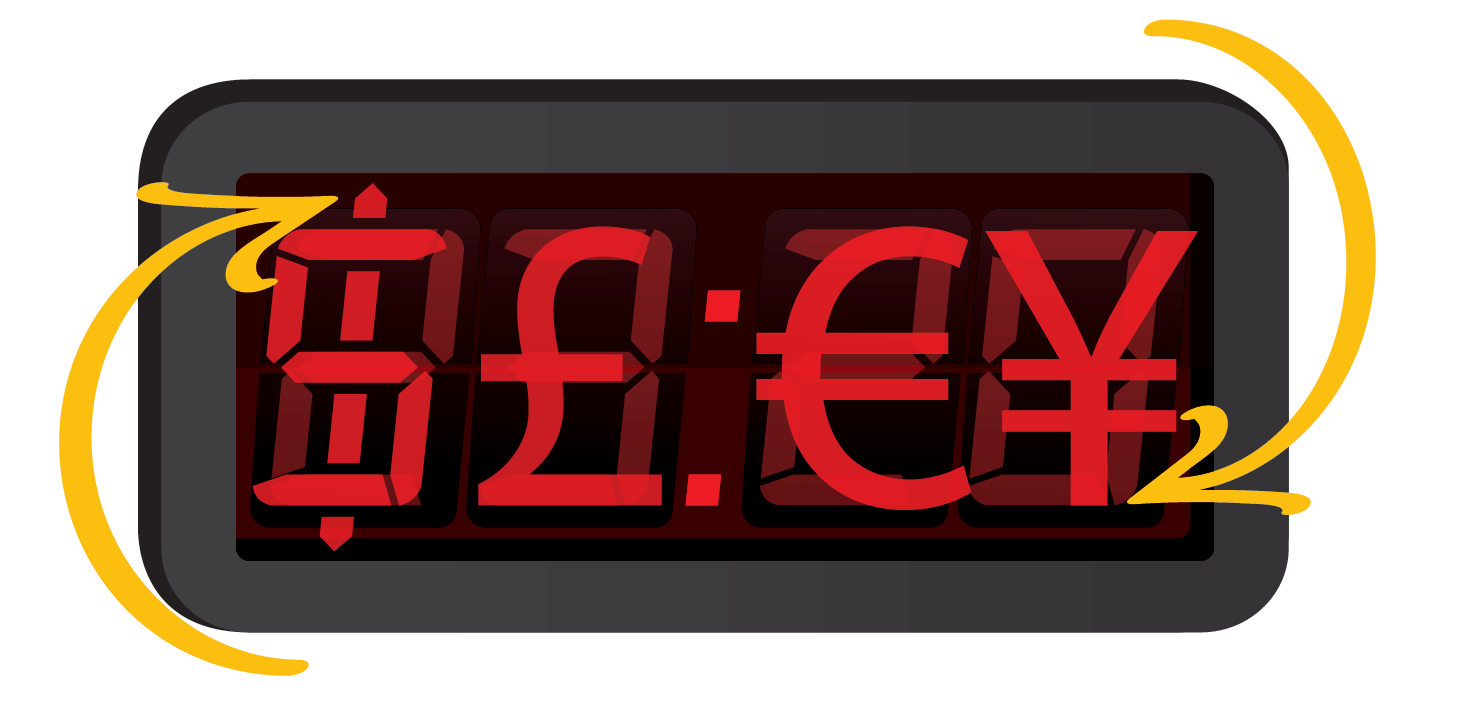How algorithms can enable automated demand-led pricing
Dynamic pricing is the practice of pricing items at a point determined by a particular customer’s perceived ability and willingness to pay. This means there is no one set price for a particular item, but rather an ever-changing one that can respond to a real-time customer profile. Thanks to advances in high-performance computing and analytics, pricing on some websites now changes from minute to minute. For example, Amazon will tweak its prices many times per hour (equaling millions of individual price changes per day), taking advantage of the psychology of price perception. Uber has introduced its ‘Surge Pricing’ algorithm to ensure a high supply of drivers during times of exceptional demand. Electronic Shelf Label (ELS) technology is becoming cheaper and more powerful, allowing bricks and mortar retailers to update in-store prices in real time. Beacons – low-power Bluetooth transmitters that interact with shoppers’ smartphones – also allow retailers to create real-time special offers on the shop floor.

Dynamic pricing is a way for businesses to extract the greatest possible value from each customer interaction, but it can also be used to offer individualised discounts. For example Safeway, the Australian grocery chain, will send specific offers to selected customers based on their previous purchases, such as offering eggs at lower prices to someone who often buys high-protein items.
While dynamic pricing is here to stay, it isn’t necessarily right for everyone, everywhere. Whether it is depends on the retailer’s brand values, the target market, shopper engagement, product category, and shoppers’ reactions to price changes. It should also be remembered that consumers do not make purchases based on price alone. They place significant value on the overall buying experience the retailer provides, such as customer service, shipping speed, return policies, and many other factors. Comparison sites allow consumers to better assess their options, and it leaves control in their hands.
What does this mean for brands?
Dynamic pricing enables brands to customise prices for consumers, ensuring brands get the most out of each customer interaction. It has the potential to widen profit margins considerably for those retailers that can implement it effectively.
Brands must ensure that their pricing reinforces their desired brand-value proposition with their target shoppers. If a brand is not a price leader, constantly changing prices can detract from their brand and erode their relationship with shoppers. Use price comparison and monitoring tools to understand competitors’ pricing strategies. Brands should identify which product categories and audience segments are price sensitive, how often prices change for top sellers and sought-after items, and which discounts have been successful in the past.
Brands should also consider integrating price-elasticity models within their attribution approach in order to understand the relationship between price and an individual digital journey. Optimise pricing tactics across the shopping basket. Not all items need to be as dynamic as others. Undertake price testing where products and services have a price point above and below the average. Testing conversion by customer profile and price point will generate data that can be used in a dynamic pricing engine.
Download the full Zenith’s 2017 Trends report here.
SIGN UP FOR ZENITH INSIGHTS



